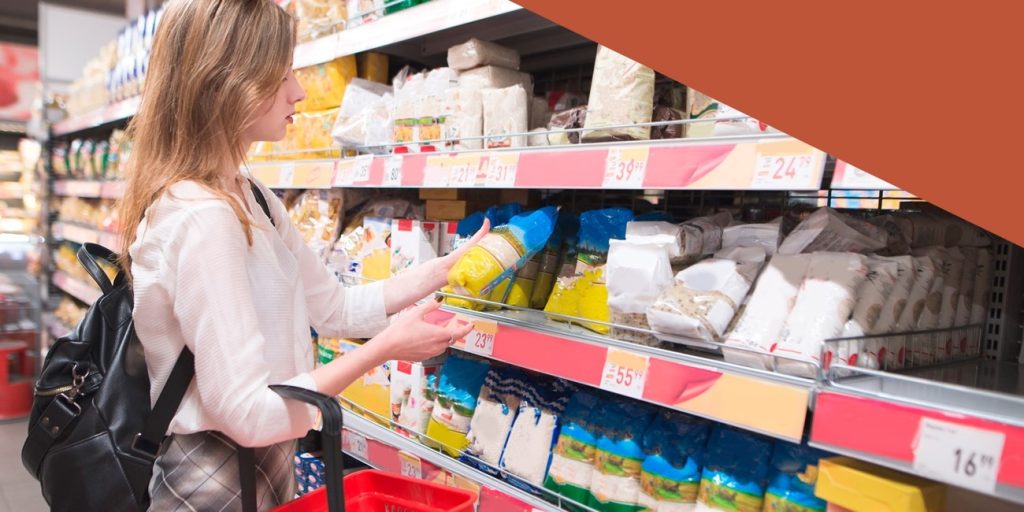
Categoria: Packaging
Types of packages produced by automatic vertical packaging machines
Vertical filling and sealing machines are the most commonly used type of automatic flexible packaging equipment on the market today. This machinery does exactly what its name suggests: it forms packages, fills them with product, and seals them.

The automatic packaging machines that perform these processes vertically have a VFFS (Vertical Form Fill Seal) seal, internationally recognized, and are used in almost all sectors for good reason: they are fast, work with cost-effective packaging options, and take up less floor space in the plant (see more reasons here). Additionally, these packaging models can accommodate products in different types of packages, as you will learn next.
Get to know the most common package types

Gusseted Package
It is a type of packaging format in which vertical metal arrows assist in the formation of the accordion package at the horizontal seals (top and bottom), allowing the package to stand upright at the point of sale.

Pillow Package
This type of package looks very much like a pillow. It is a simple and economical model, and it is currently the most popular and widely used. At the point of sale, the finished package lies down and can be stacked.

Flat Bottom
With the help of horizontal metal arrows on the bottom seal and vertical arrows on the top seal, the flat bottom package is more easily able to stand upright. This packaging model can have better placement at the point of sale, attracting the customer’s attention. For better formation, the use of a stiffer material is recommended.

6 seals
It is the most commonly used packaging format when aiming to enhance the product, as it has 4 well-defined faces (front, back, right side, and left side). These faces are always well-utilized with artwork and important product information.
The 6-seal packaging consists of a flat bottom, 2 horizontal seals (top and bottom), and 4 vertical seals (sides), responsible for the mechanical structure of the package that allows it to stand upright perfectly. The overlap in this type of package is located at one of the 4 vertical seals (corners).

7 seals
It is a variation of the 6-seal packaging, but with the addition of a 7th seal that serves as the overlap centered on the back of the package. In this model, some space is lost on this back face of the package.
However, for larger packages (3 kg of dog food, for example), it is very difficult to find available equipment to form 6-seal packages due to the decentralization of the film in the machine. In the case of the 7 seals, the film is centered in the packaging machine.

Doy pack
The doy pack, also known as a stand-up pouch, is a flexible plastic bag with an oval bottom and seals on the side edges of the package, designed to stand upright.
The advantages of flexible packaging
All these types of packages are flexible packaging and offer various benefits to manufacturers and consumers, such as: low cost per package, larger printing area, reduced risk of breakage and injury, and lower storage and shipping costs.
The main advantage of these packages for the customer is convenience, as they are lightweight, flexible, and available at the point of sale in various sizes, according to consumer preference.
Indumak specializes in equipment for automatic packaging and offers practical, cost-effective, and tailored solutions to meet your needs. Contact us to request your quote and learn about all financing options to automate your product packaging process.







